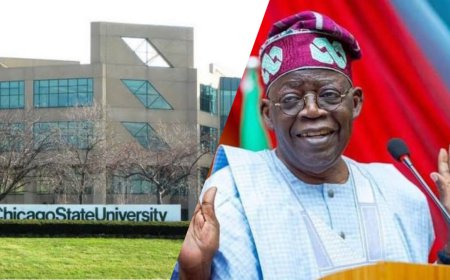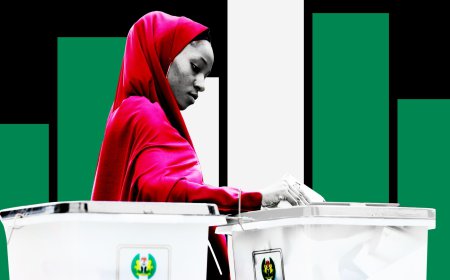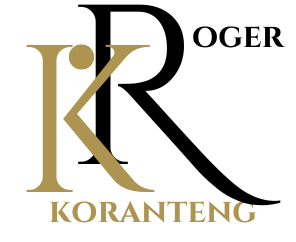Copyright vs. Copyleft: Navigating the Digital Frontier

In the vast expanse of the digital age, intellectual property rights have become a pivotal concern for creators and consumers alike. As software, art, music, and literature increasingly move into digital formats, understanding the frameworks that govern their use and distribution is crucial. Two prominent paradigms in this landscape are copyright and copyleft. This blog delves into the intricacies of both, shedding light on their principles, implications, and the ongoing debates surrounding them.
Copyright: Protecting Creative Expression

Copyright is a legal framework designed to protect the original works of authors, artists, and creators. It grants the creator exclusive rights to use, distribute, and modify their work for a specified period, typically the creator's lifetime plus 70 years. The fundamental purpose of copyright is to incentivize creativity by ensuring that creators can financially benefit from their work.
Key Features of Copyright:
1. Exclusive Rights: Copyright holders have the sole authority to reproduce, distribute, perform, display, and create derivative works from their original content.
2. Duration: Copyright protection lasts for a significant period, usually the creator's life plus 70 years, ensuring long-term control over the work.
3. Limitations and Exceptions: Fair use, educational use, and other exceptions allow limited use of copyrighted material without permission, balancing the rights of creators and the public interest.
Pros and cons of copyright:
Pros:
Incentivizes Creativity: By providing financial rewards, copyright encourages the creation of new works.
Legal Protection: Copyright offers legal recourse against unauthorized use or infringement.
Cons:
Access Restrictions: Copyright can limit access to knowledge and culture, as works are often behind paywalls or restrictive licenses.
Monopolization: Long duration of protection can lead to monopolization of cultural and educational resources.
Copyleft: Promoting Freedom and Collaboration

Copyleft is a licensing scheme that aims to promote freedom and collaboration in the use and distribution of creative works. Rooted in the principles of the free software movement, copyleft licenses allow anyone to use, modify, and distribute a work, provided that all derivative works are also licensed under the same terms.
Key Features of Copyleft:
1. Permissive Use: Copyleft licenses, such as the GNU General Public License (GPL), allow for the free use, modification, and distribution of works.
2. Reciprocity: Any derivative work must be distributed under the same copyleft license, ensuring that the freedoms granted by the original creator are preserved.
3. Transparency: Copyleft fosters a culture of openness and transparency, encouraging collaboration and innovation.
Pros and Cons of Copyleft:
Pros:
Fosters Collaboration: By ensuring that derivative works remain free, copyleft promotes a collaborative environment where improvements and innovations can be shared.
Access to Knowledge: Copyleft licenses provide broad access to creative works, supporting education and cultural enrichment.
Cons:
Commercial Limitations: Businesses may be hesitant to use copyleft-licensed works due to the requirement to release derivative works under the same license, potentially impacting profitability.
Complex Licensing: The legal intricacies of copyleft can be challenging to navigate, particularly for those unfamiliar with open-source principles.
The Ongoing Debate: Balancing Rights and Freedoms
The debate between copyright and copyleft reflects broader societal questions about the balance between individual rights and collective good. Proponents of copyright argue that strong protections are necessary to incentivize creation and ensure creators can reap financial rewards. Conversely, advocates of copyleft emphasize the importance of freedom, accessibility, and collaboration in fostering innovation and cultural development.
As digital technologies continue to evolve, the tension between these paradigms will likely persist, prompting ongoing discussions about the best ways to support and regulate creative expression in the digital age. Whether you lean towards the protective embrace of copyright or the open arms of copyleft, understanding these frameworks is essential for navigating the complex terrain of intellectual property in the 21st century.
What's Your Reaction?






























































